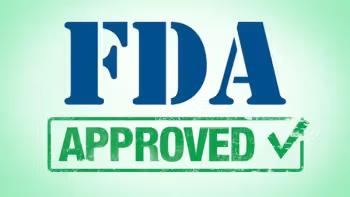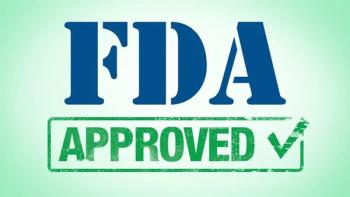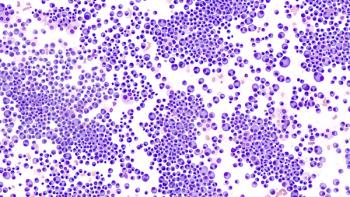
FDA Accepts Application for Pegfilgrastim Biosimilar
The FDA has accepted the biologics license application for a proposed biosimilar for pegfilgrastim, which had been developed by Lupin Limited.
The FDA has accepted the biologics license application (BLA) for a proposed biosimilar for pegfilgrastim (Neulasta), which had been developed by Lupin Limited.1
The application is supported by similarity data gleaned from analytical, pharmacokinetic, pharmacodynamic, and immunogenicity studies.
“FDA’s acceptance of our BLA is a significant achievement and demonstrates our commitment to delivering products which increase access in areas of substantial medical need,” Vinita Gupta, chief executive officer of Luptin Limited, stated in a press release. “This BLA expands our oncology portfolio, an area of increasing focus for Lupin. We look forward to the opportunity to bring affordable biologic options to patients and increasing access to this important treatment.”
In 2002, the FDA approved pegfilgrastim, a pegylated granulocyte colony-stimulating factor, for decreasing the incidence of infection, as manifested by febrile neutropenia, in patients with non-myeloid malignancies who were receiving myelosuppressive anticancer agents linked with a significant incidence of that adverse effect.2
The agent was examined in 3 double-blind, randomized, controlled trials. In Study 1, 157 patients were randomized to receive either pegfilgrastim at 6 mg on day 2 of each chemotherapy cycle or daily filgrastim at 5 mcg/kg/day beginning on day 2 of each chemotherapy cycle. Results showed that the mean days of cycle 1 severe neutropenia were 1.8 days in the investigative arm and 1.6 days in the control arm (difference in means 0.2; 95% CI, 0.2-0.6).
In Study 2, a total of 2,310 patients were randomized to pegfilgrastim at 100 mcg/kg on day 2 or daily filgrastim at 5 mcg/kg/day starting on day 2 of each chemotherapy cycle. Here, results showed that the mean days of cycle 1 severe neutropenia were 1.7 days in the investigative arm and 1.6 days in the control arm (difference in means 0.1; 95% CI, 0.2-0.4).
In Study 3, 928 patients were randomized to receive pegfilgrastim at 6 mg or placebo on day 2 of each chemotherapy cycle. The incidence of febrile neutropenia proved to be lower with pegfilgrastim vs placebo, at 1% vs 17%, respectively (P <.001). Moreover, the incidence of hospitalization and anti-infective treatment for febrile neutropenia both proved to be lower with pegfilgrastim vs placebo, at 1% vs 14%, respectively, and 2% vs 10%, respectively.
Previously, in June 2020,
In 2019, the
In 2018, the
References
- Lupin announces US FDA acceptance for pegfilgrastim biosimilar application. News release. June 2, 2021. Accessed June 3, 2021.
https://bit.ly/3w2F8vG - Neulasta. Prescribing Information. Amgen Inc; 2002. Accessed June 3, 2021.
https://bit.ly/3phhB7Y - FDA approves Pfizer’s oncology supportive care biosimilar, Nyvepria (pegfilgrastim-apgf). News release. Pfizer Inc. June 11, 2020. Accessed June 3, 2021.
https://bit.ly/3ceFxDw - Sandoz receives US FDA approval for long-acting oncology supportive care biosimilar Ziextenzo (pegfilgrastim-bmez). News release. Sandoz. November 5, 2019. Accessed June 3, 2021.
https://bit.ly/2PP20Nh - Coherus Biosciences, Inc. US FDA approves UDENYCA (pegfilgrastim-cbqv). News release. Coherus BioSciences, Inc. November 2, 2018. Accessed June 3, 2021.
https://bit.ly/2Rxyt8c
This article was originally published on OncLive.com as, "
Newsletter
Knowledge is power. Don’t miss the most recent breakthroughs in cancer care.















































































